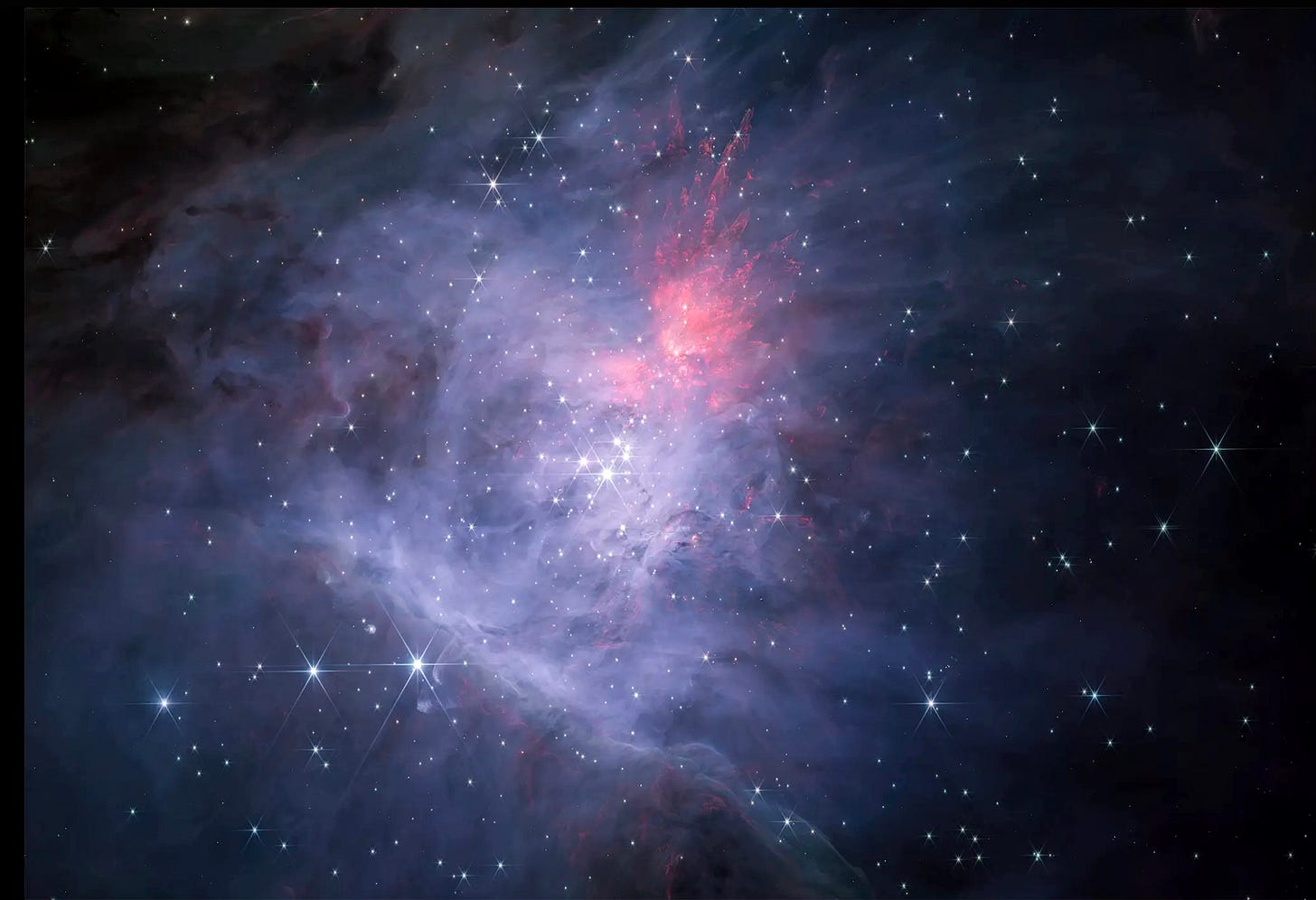In this journey of considering what are the components of a Minimum Viable Cosmology (MVC) we come to the problem of communicating with each other.
If we are limited by our ‘controlled hallucinations’ (as per Anil Seth), how can we communicate with each other using words or pictures? This is particularly difficult if we are trying to understand some new concept in our subjective view of reality. Neuroscience tells us we see not through our eyes but through the models of subjective reality in our brains — believing is seeing. This was a problem that the 20th-century philosopher, Ludwig Wittgenstein tried to solve.
I don’t propose to go through a critique of Wittgenstein’s philosophy but to cherry pick some of his ideas and concepts for the purpose of bringing them to bear on our MVC.
The take home message from the video is that communication of the abstract concepts in cosmology is difficult unless you have a clear picture of them in your own mind. You need to develop your own Minimum Viable Cosmology which covers some of the points that we’ve raised in this series so far. You’ll need to develop a strategy of how to present it to another person and this may take several conservations and attempts. Sometimes laying it out on a piece of paper or a diagram may help. As mentioned before, in a series of fortnightly lunches with a colleague, David Jones over 15 years has helped to consolidate some of my thinking on cosmology as it did his. This is in the Circling and Dialogos tradition of John Vervaeke https://www.youtube.com/user/johnvervaeke
This current posting is an update of an earlier blog post made some three years ago in which Wittgenstein, the cosmos and the ‘force of intelligence’ were considered in the explanation of cosmology. Having laid down some of the components in this current version of Minimum Viable Cosmology, it is likely that it will change as more information (paradigm shifts?) become available. (Maybe these can be presented as updates to this framework — in a different coloured text?)
In the next post we’ll consider how Complexity and Chaos interact to give rise to complex structures (Life?).



